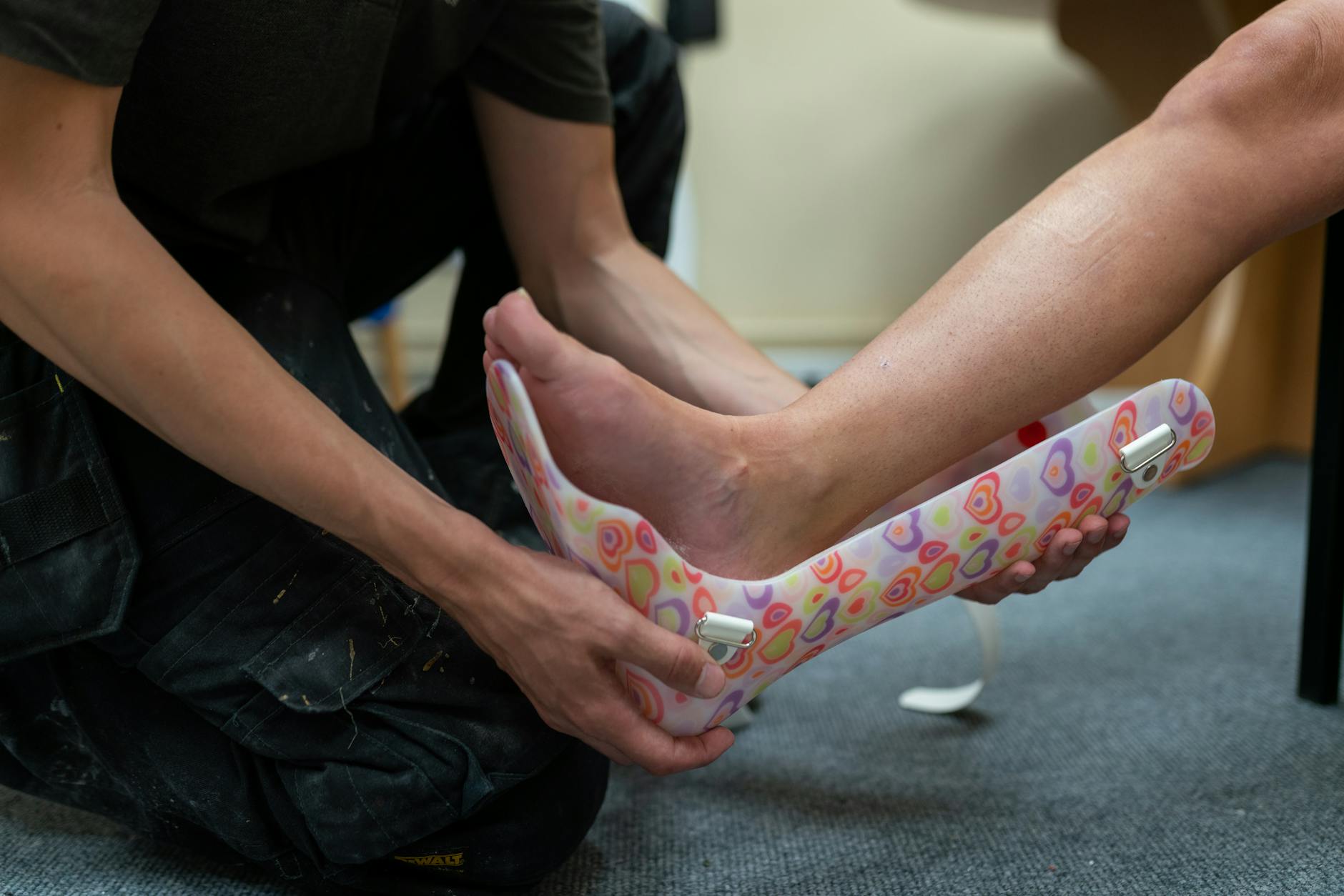Telehealth Talk: Empowering Providers

Welcome to the age of telehealth, where technology meets patient care. As healthcare providers, you're on the frontlines of this transformation, ushering in a new era of accessibility, efficiency, and improved patient outcomes. But how can you leverage telehealth to its fullest potential? Let's have a conversation about how to make telehealth work for you and your patients.
The Telehealth Revolution
Telehealth isn't just a passing trend; it's becoming an essential component of modern healthcare. By utilizing video conferencing, remote monitoring, and mobile health apps, you can extend your reach and offer more convenience to your patients—all while maintaining high standards of care.
Benefits for Healthcare Providers
1. Increased Access to Patients
Telehealth breaks down geographical barriers, allowing you to connect with patients who might otherwise be unable to access your services due to distance or transportation issues. This means more patients can benefit from your expertise, and you can grow your practice more effectively.
2. Enhanced Patient Engagement
With telehealth, communication with your patients becomes more frequent and consistent. Follow-ups are easier to schedule, and patients are more likely to adhere to treatment plans when they can easily check in with you.
3. Flexibility and Work-life Balance
Telehealth offers you more control over your schedule, reducing the need for a packed waiting room and enabling you to create a work-life balance that suits your lifestyle. Work from the comfort of your home or office, or even when traveling.
Making the Most of Telehealth
So, how can you ensure that your telehealth services are top-notch? Here are a few tips:
-
Invest in Quality Technology: Make sure you have reliable video conferencing software and high-quality camera and audio equipment to ensure smooth and clear interactions.
-
Prioritize Patient Privacy: Use secure platforms that comply with HIPAA regulations and train your staff on best practices for maintaining patient confidentiality.
-
Educate Your Patients: Not all patients are tech-savvy. Provide clear instructions and support to help them navigate the telehealth system with confidence.
-
Stay Engaged: Even though you're connecting remotely, keep your sessions as personal as possible. Ask open-ended questions and show empathy, making sure your patients feel valued and understood.
The Future is Bright
Telehealth is only going to continue growing, with advances in technology making the virtual patient-provider experience even better. Embrace this change, stay curious about new tools and strategies, and you'll find that telehealth not only enhances your practice but also improves the overall healthcare experience for everyone involved.
In conclusion, telehealth is a powerful tool that enables healthcare providers to reach more patients, offer personalized care on a flexible schedule, and stay at the forefront of medical innovation. As you navigate this exciting shift, keep the conversation going—after all, the future of healthcare hinges on collaboration, innovation, and a commitment to excellence.